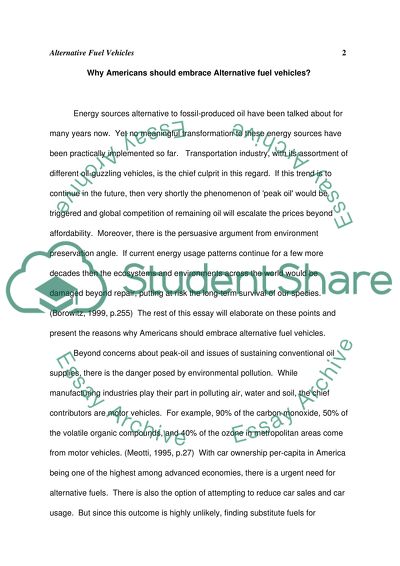Cite this document
(“Why Americans should embrace Alternative fuel vehicles Term Paper - 1”, n.d.)
Retrieved from https://studentshare.org/miscellaneous/1575136-why-americans-should-embrace-alternative-fuel-vehicles
Retrieved from https://studentshare.org/miscellaneous/1575136-why-americans-should-embrace-alternative-fuel-vehicles
(Why Americans Should Embrace Alternative Fuel Vehicles Term Paper - 1)
https://studentshare.org/miscellaneous/1575136-why-americans-should-embrace-alternative-fuel-vehicles.
https://studentshare.org/miscellaneous/1575136-why-americans-should-embrace-alternative-fuel-vehicles.
“Why Americans Should Embrace Alternative Fuel Vehicles Term Paper - 1”, n.d. https://studentshare.org/miscellaneous/1575136-why-americans-should-embrace-alternative-fuel-vehicles.


